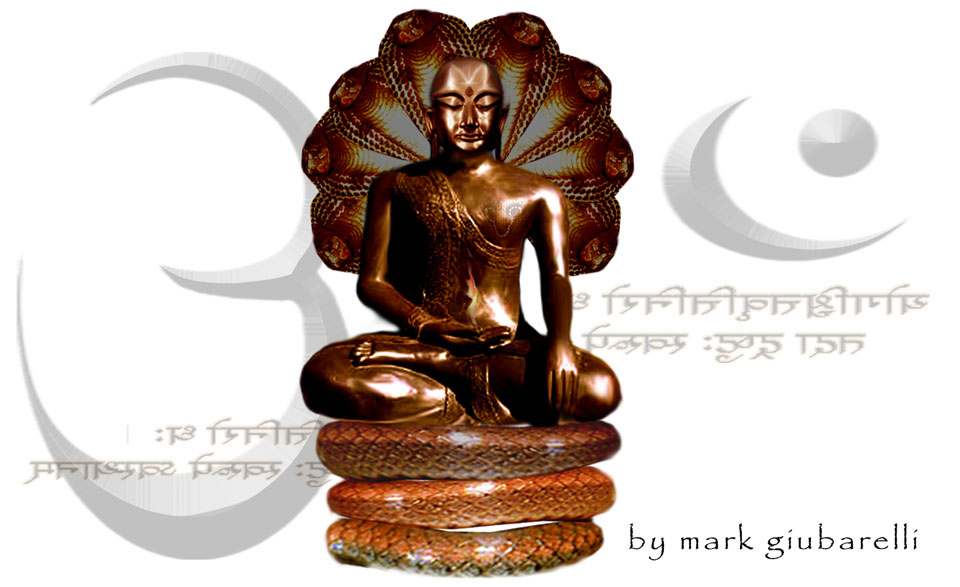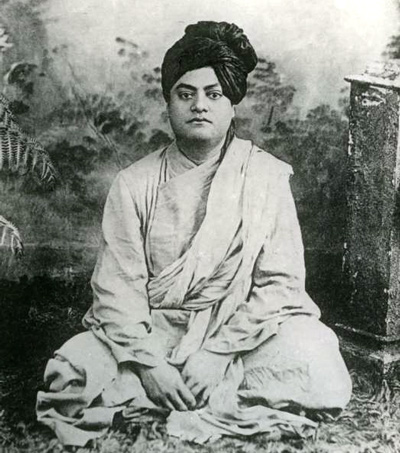The History Of Yoga mentions the path that yoga has taken in history up until now. Historic moments and influential people are learned so that yoga teachers have a good knowledge about the roots of yoga.
According to some yoga can be traced back to over 5,000 years ago but many suspect think that yoga may be up to 10,000 years old. The earliest literature was found around 1500 B.C.E and the yoga poses are more modern than you think.
1500 B.C.E.
First Written Mention Of Yoga
Yoga was first mentioned in the Rig Veda. It is only in three of them : 1.18.7, 1.30.7, 10.114.9. However the meaning of the word does not translate to the way we understand it today.
The "Rig Veda" is an ancient Indian text collection that compiles 1,028 Vedic Sanskrit hymns and 10,600 verses dedicated to Rigvedic deities. It is organized into 10 books, called mandalas. Together with "Yajur Veda," "Sama Veda" and "Atharva Veda," "Rig Veda" is one of the four canonical sacred texts of Hinduism, known collectively as the Vedas. Yoga is only briefly mentioned here.
There is some discussion about the age of the "Rig Veda." While modern Western scholars tend to date its creation around 1500 B.C.E.
Rigveda 1.18.7
sa dhīnāṁ yogaṁ invati
“He (saH) promotes (invati) the yoga (yogam) of thoughts (dhInAm)”.
Rigveda 1.30.7 :
yoge yoge tavastaraṁ vāje vāje havāmahe
“In each yoga, we invoke the Strong (Indra); in each struggle”.
Rigveda, in 10.114.9 :
“kaś chandasāṁ yogaṁ ā veda dhīraḥ
ko dhiṣṇyāṁ prati vācaṁ papāda
kam r̥tvijāṁ aṣṭamaṁ śūraṁ āhur
harī indrasya ni cikāya kaḥ svit”
“who knows the yoga of the metres here, who has gained the “word” (Vak) the subject and object of thoughts? who is called the eighth Hero among the conductors of order? who has perhaps controlled the (two) bay horses of Indra!”
Yoga in Rigveda means the spiritual yoking, the synchronizing of the divine thoughts / speech with the spiritual car of mind to start the spiritual journey. Kiron Krishnan
![]()
Some of the earliest texts describing yoga practices is found in Hindu Upanishads and Buddhist Pāli Canon, in the third century BCE or later. The most renowned of the Yogic scriptures is the Bhagavad-Gîtâ, composed around 500 B.C.E.
![]()
Bhagavad Gita 200 - 500 BCE
No exact date of composition in known.
thought to be by a Sage named Vyasa
400 CE YOGA SUTRAS
The Yoga Sūtras of Patañjali are 196 Indian sutras

The Yoga Sutras
The Yoga Sutras of Patanjali date from the first half of the 1st millennium CE, but only gained prominence in the West in the 20th century.
The text fell into obscurity for nearly 700 years from the 12th to 19th century then resurfaced late 19th century due to the efforts of Swami Vivekananda
Hatha yoga texts emerged around the 11th century with origins in tantra.
The History Of Yoga Test
1893
Swami Vivekananda represented India and Hinduism at the Parliament of the World's Religions. This is thought to be a time when yoga was introduced to the west.

Swami Vivekananda
(12 January 1863 – 4 July 1902)
Multiple Choice Exam
Exam consists of multiple choice related to historical dates and famous yoga teachers.

Yoga Philosophy : 10 hours
Minimum contact hours: 5 hours
Minimum contact hours w/ Lead Trainer(s): 10 hours
Yoga Philosophy, Lifestyle and Ethics for Yoga Teachers is spread out over 30 hours. Yoga Philosophy is mainly based on the Yoga Sutras.
Yoga Ethics
COURSE HOURS
Short Course: 5 hours contact plus 5 hours required non contact
200 Hour Course: 10 hours contact plus 10 hours required non contact
References
Thought to be roots of many asanas.

Primary Gymnastics
Primary Gymnastics' is a form of gymnastics pioneered in 1915 by Dutch gymnastics instructor and leader of the Danish Olympic Gymnastic Team, Herr Niels Bukh. This style of gymnastics is based on the importance of rhythm and is outlined in this volume after over twenty years of testing and refining.
Research on the History of Yoga.

Yoga Body: The Origins of Modern Posture Practice
Mark Singleton is a Senior Research Fellow in the Department of the Languages and Cultures of South Asia, SOAS, University of London. He is the editor, with Jean Byrne, of Yoga in the Modern World: Contemporary Perspectives. He lives in London.



